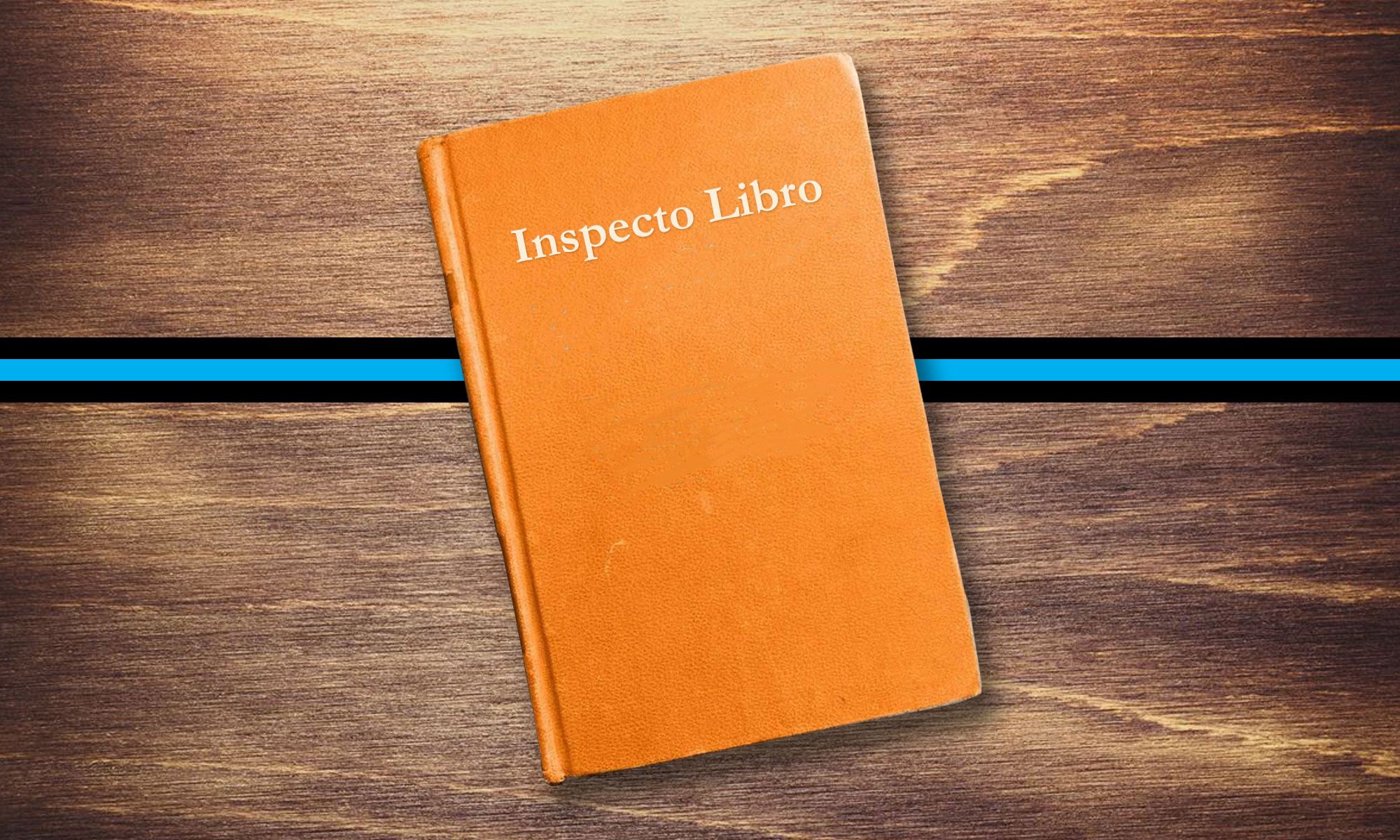High-efficiency furnaces and boilers are “condensing” appliances. In the secondary heat exchanger the combustion gases give up sufficient latent heat to cause a phase change back into a liquid. In an AC system the condensate is basically just water. In a condensing furnace’s secondary heat exchanger, the exhaust reacts with the nitrogen in the air, creating an acidic solution. In some jurisdictions high-efficiency heating condensate must be neutralized. Most condensing heaters have 2 drains: one from the exhaust vent and another from the secondary heat exchanger. Because of the vent connection, the drains must have a trap, and must be kept separate from any AC coil condensate drains.
Inspect the furnace’s drain lines for any signs of damage, leaking, or improper slope. A trap must be installed, and the final discharge point identified. Condensate drains cannot be connected to plumbing vent stacks. A secondary catch pan should be present under the air handler. It should have a drain line that’s completely separate from any others, or be equipped with a shut-off float switch. Report any water in the catch pan or inside of the air handler. Inspect condensate pumps for damage, overflow, unstable installations, and disconnected float switches.
The condensate line is damaged. This can cause water damage and allow mold or mildew problems. Hire an HVAC technician to provide repairs as needed.
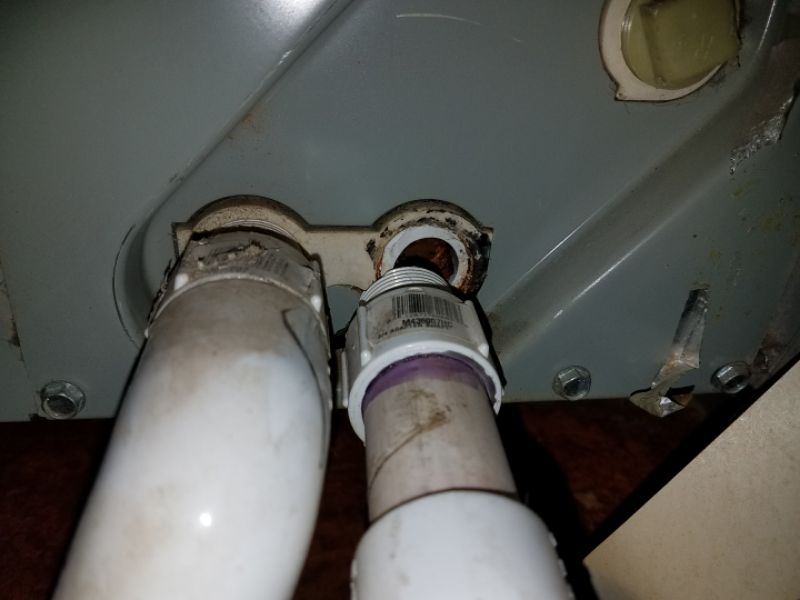
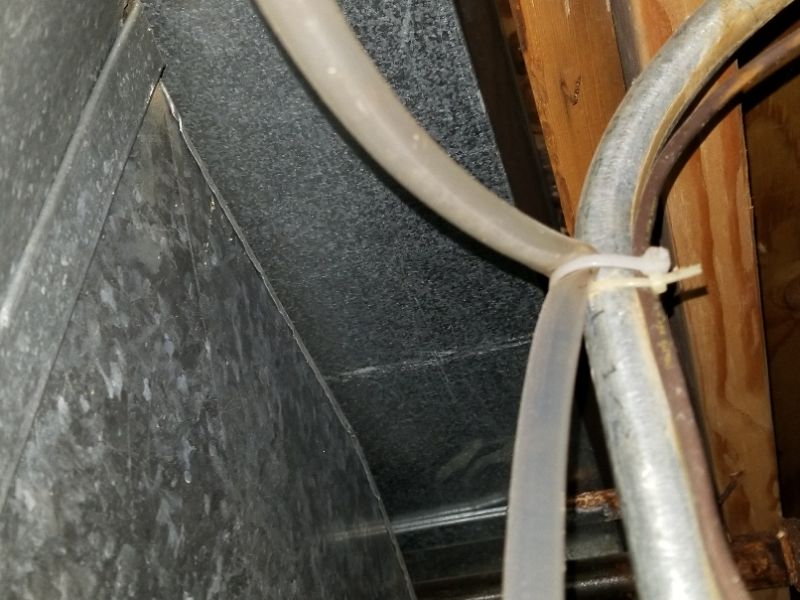
The condensate drain line is leaking. This can cause water damage. Hire an HVAC technician for repairs as needed.


The condensing furnace’s condensate line does not have a trap installed. This will can allow exhaust gases to enter the home. Hire an HVAC contractor to install a trap.
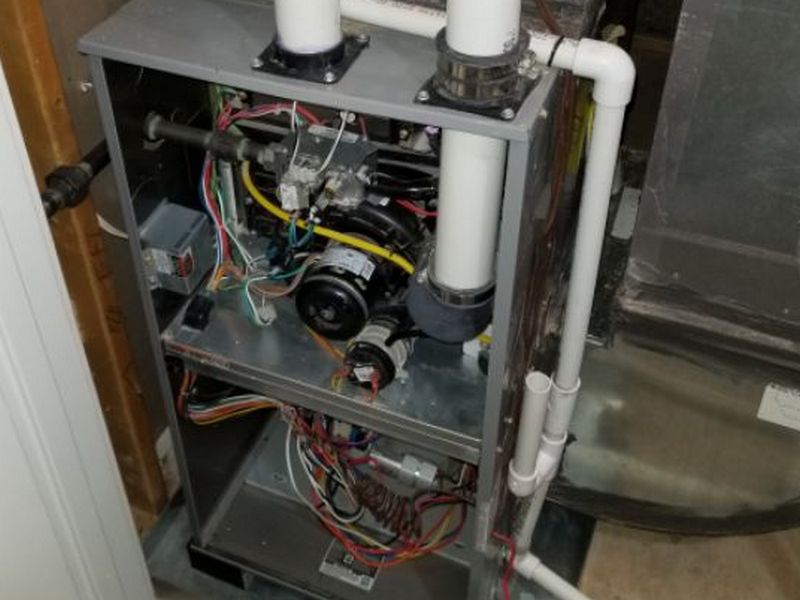
The condensate discharge line is blocked or clogged. This can cause water damage and allow mold or mildew problems. Clean the discharge line.


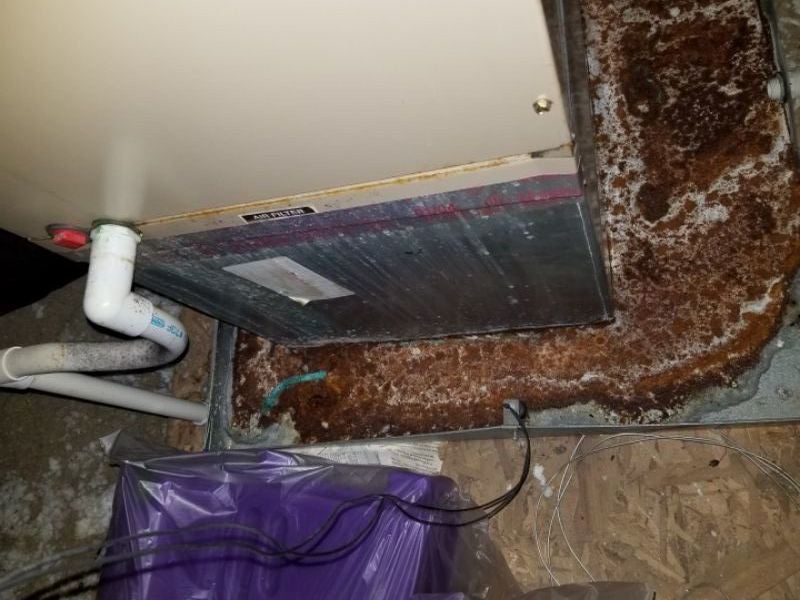
The condensate discharge point is not in a visible spot. A drainage failure can go unnoticed and allow water damage and mold or mildew problems. Redirect the discharge to a visible location.
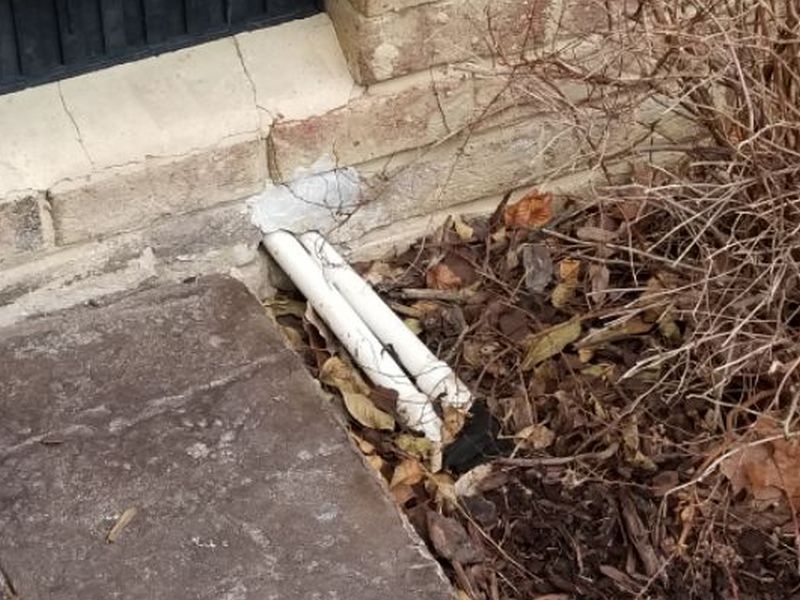
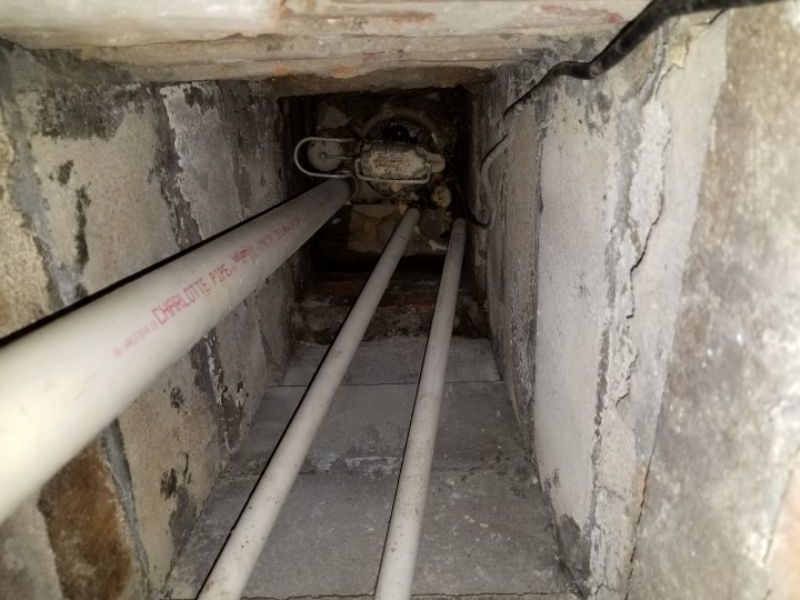
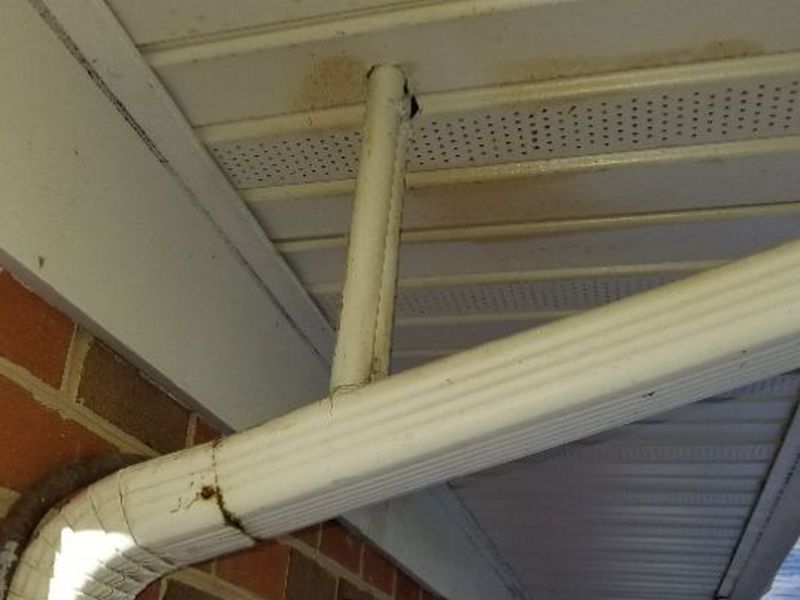
The condensate system’s discharge point is improperly located. The condensate should be carried to the exterior and away from the building to prevent water damage and mold or mildew problems. Redirect the discharge away from the structure.
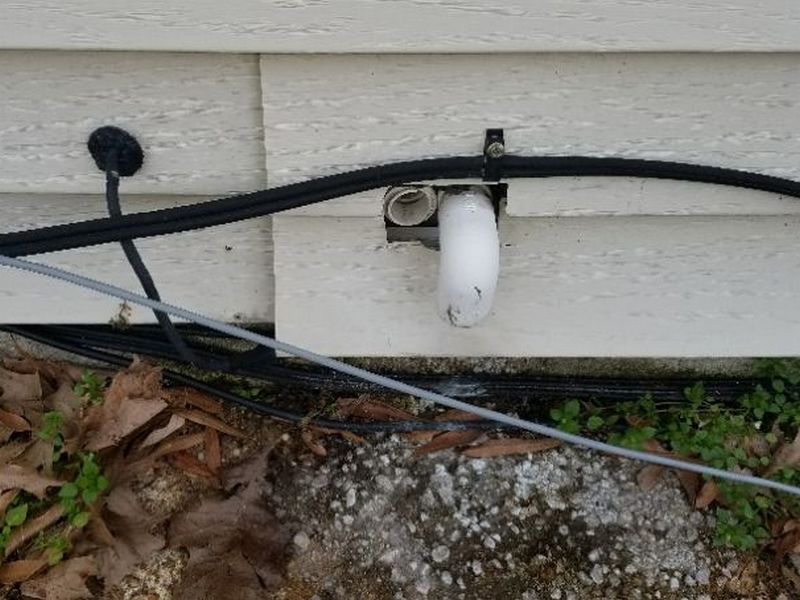
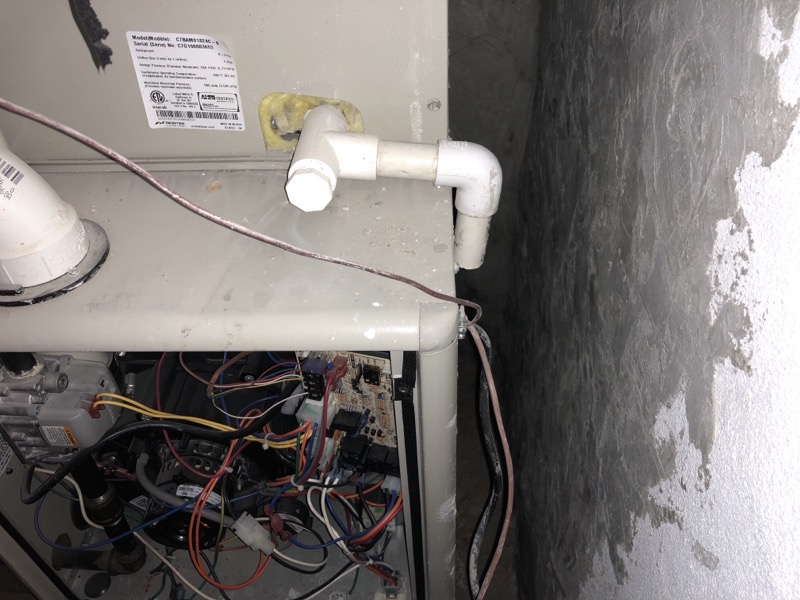
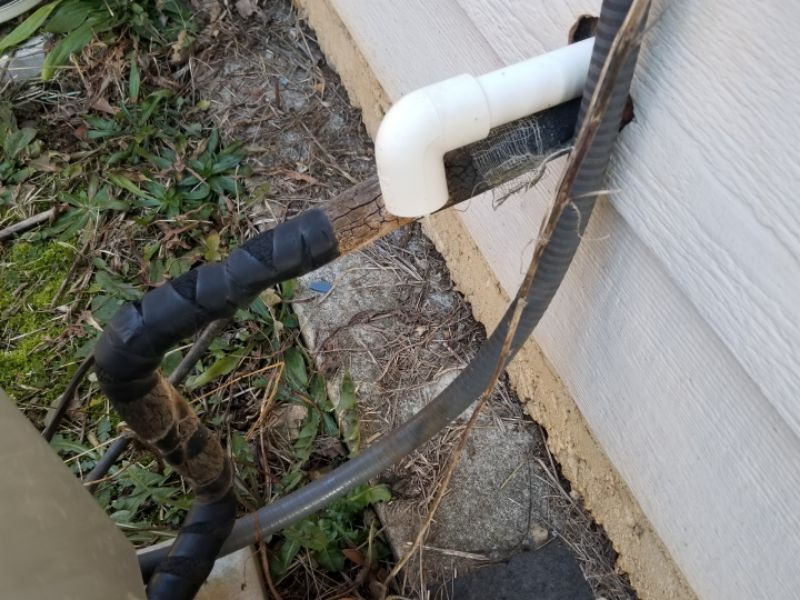
The condensate drain lines from the air handler and the catch pan are connected together. This defeats the purpose of the secondary pan, and may permit water damage and mold or mildew problems. Hire an HVAC contractor to install separate lines from each source to the exterior.
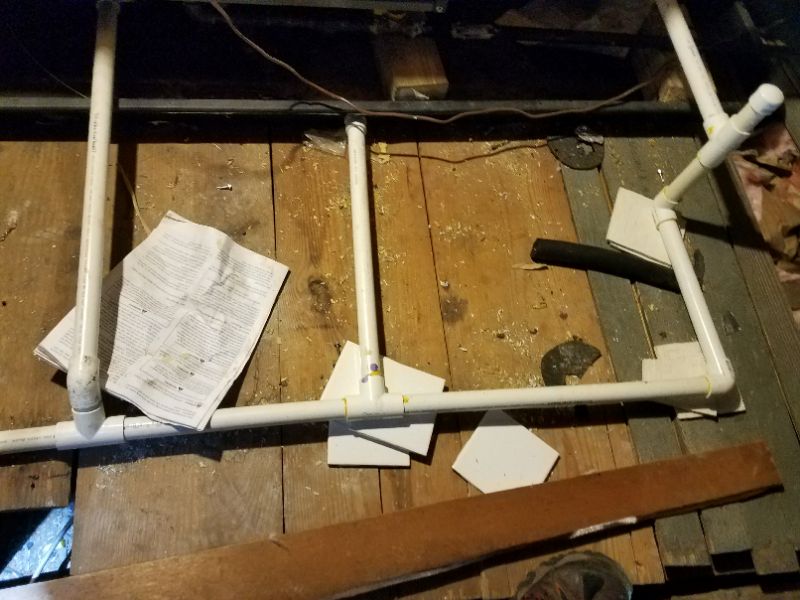
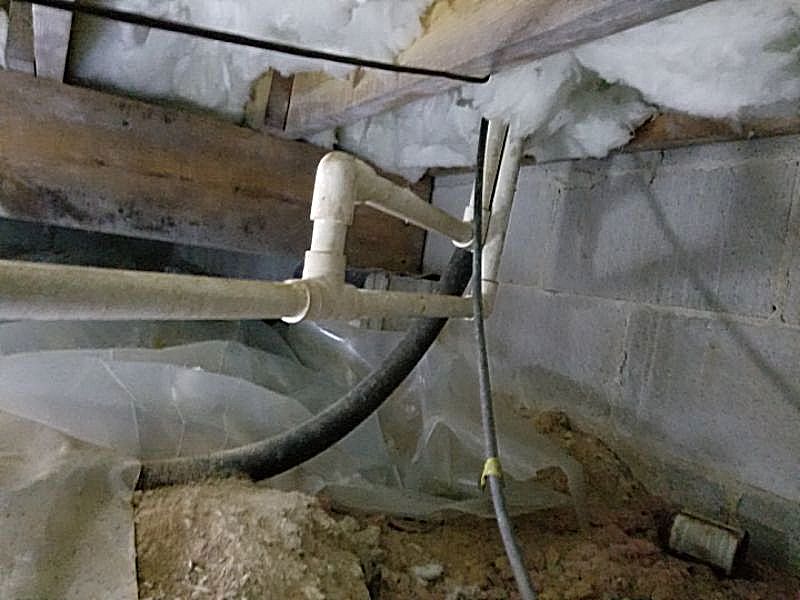
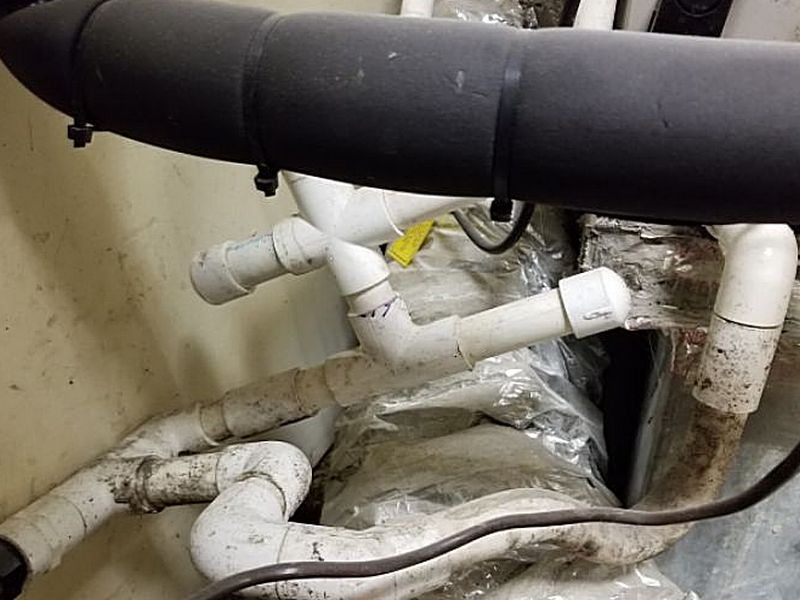
The condensate discharge line is connected to a plumbing vent stack. This is not permitted because septic gases can be drawn into the house air. Hire an HVAC technician to re-route the lines to discharge to the exterior.
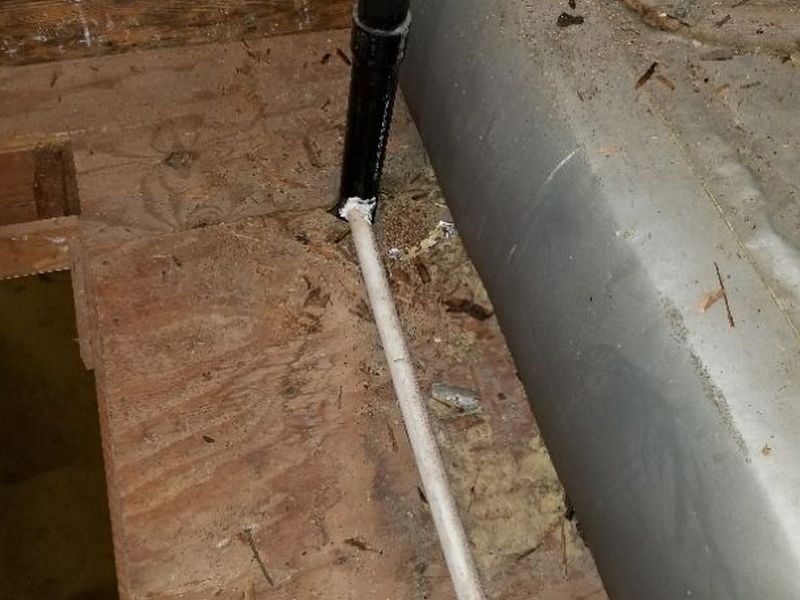
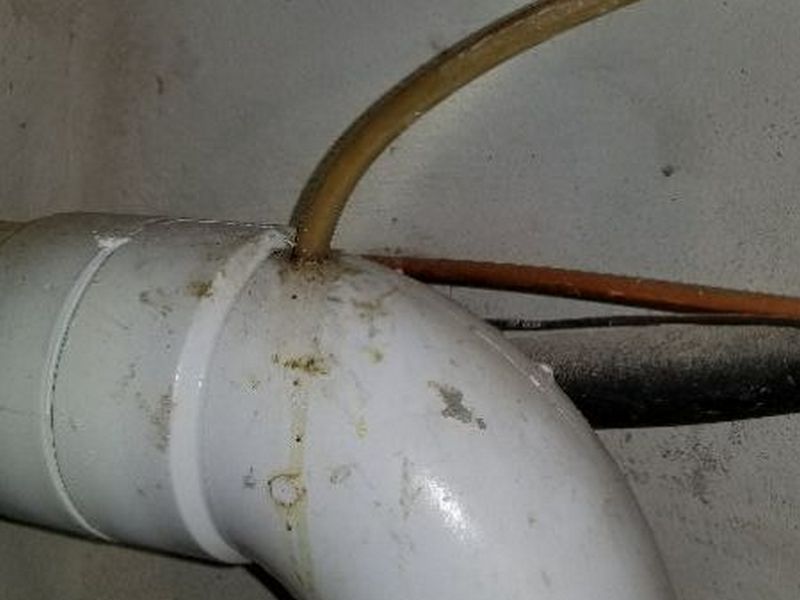
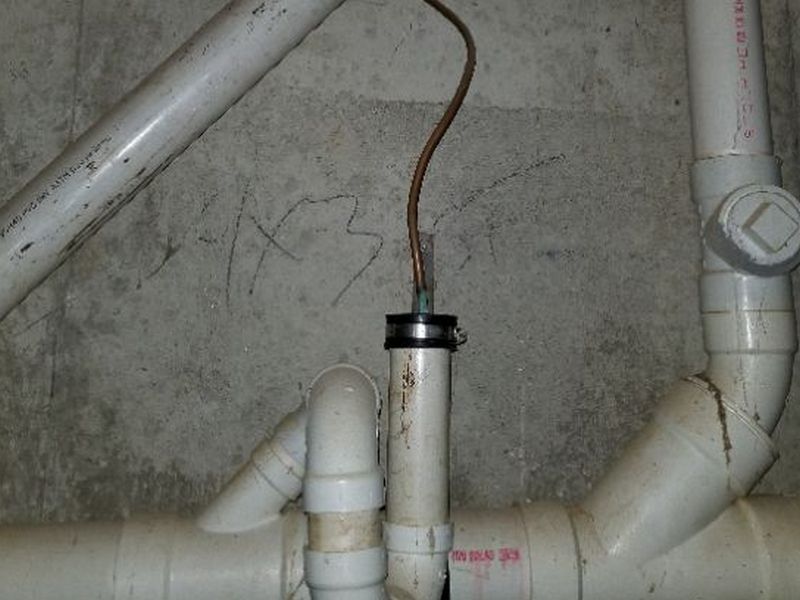
There is debris in the condensate catch pan under the air handler. This can block the drain line and cause the pan to overflow. Remove the debris.
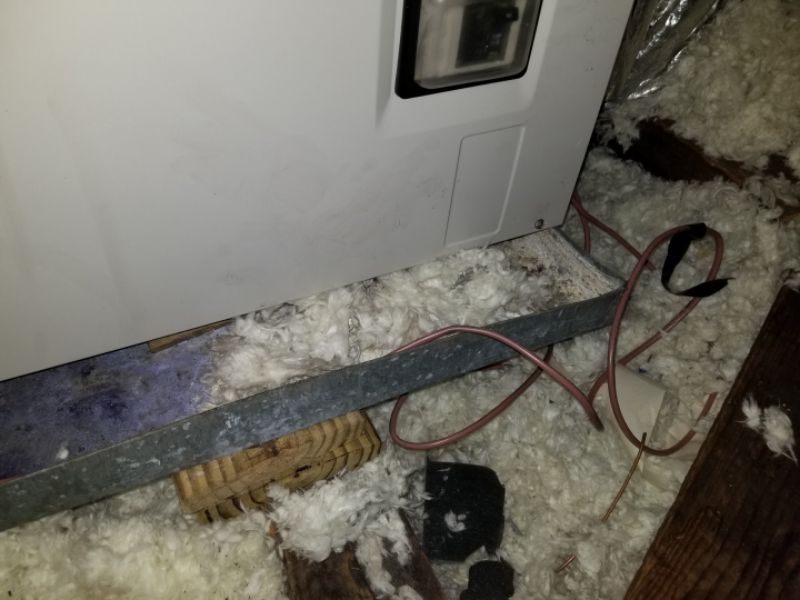
The condensate pan is not draining properly and is retaining water. This will encourage corrosion, possible mildew or mold growth, and may allow water damage. Hire an HVAC contractor to make the required repairs.
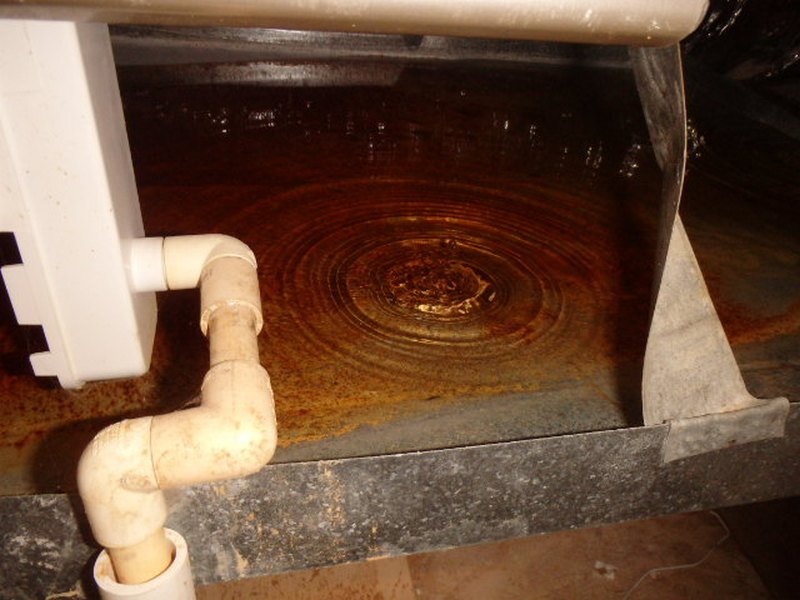

The condensate catch pan below the air handler is corroded. It is at or beyond its life span, and is a risk for leaks and water damage. Hire an HVAC contractor to make the required repairs.
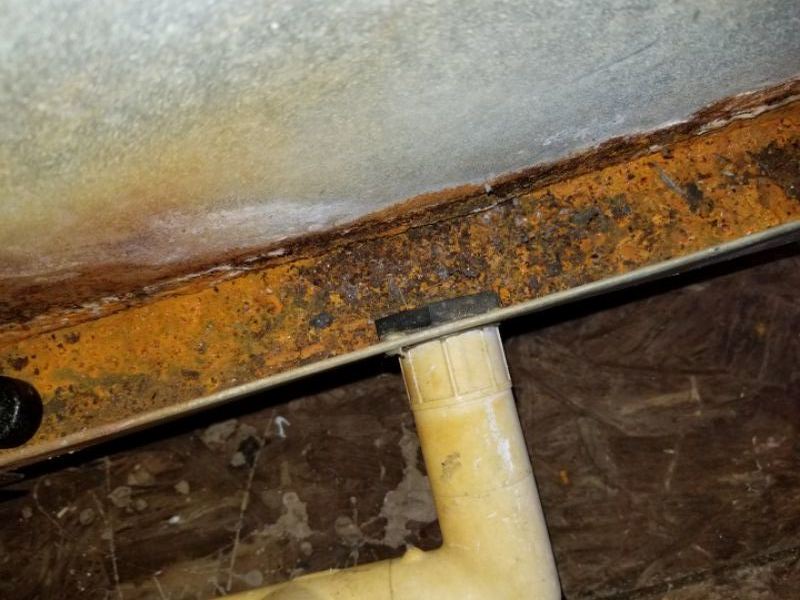

The condensate catch pan is missing. A pan or a system float switch are required when an air handler is located over finished space. This protects the home from possible water damage. Hire an HVAC contractor to make the required repairs.

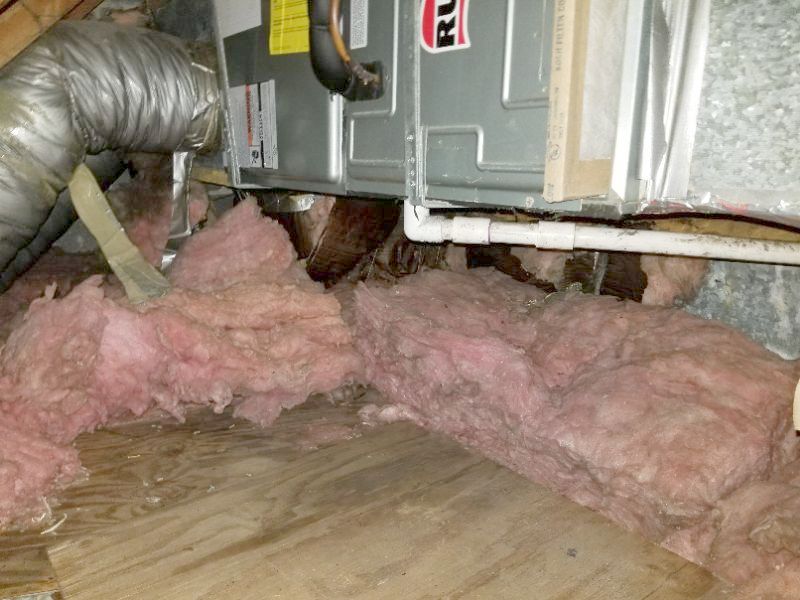
The condensate pan’s float switch wires are not connected. This safety device shuts off the system and/or sounds an alarm should the condensate water rise too high due to a drain failure. Hire an HVAC contractor to make the required repairs.
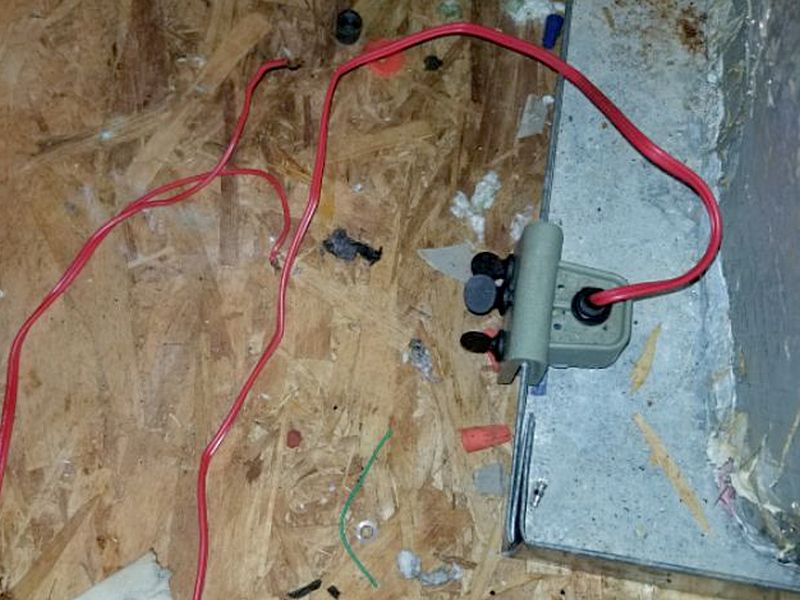
The condensate pump leaks. This can cause water damage and allow mold or mildew problems. Hire an HVAC contractor to repair or replace the pump.
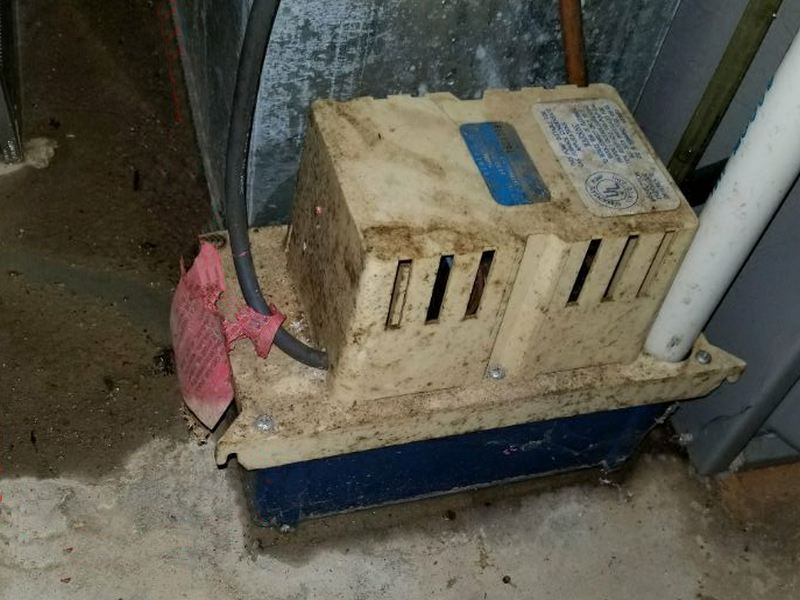
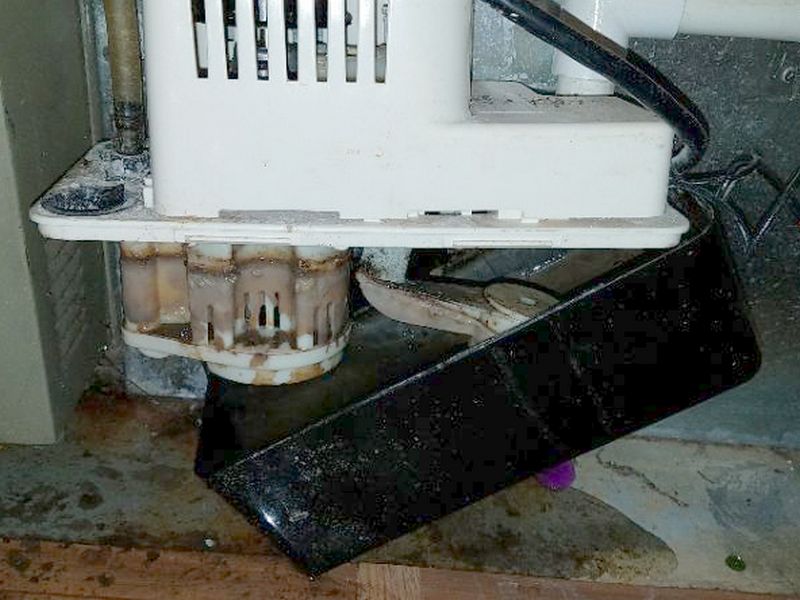
The condensate pump is inoperative. This can cause water damage and allow mold or mildew problems. Hire an HVAC contractor to repair or replace the pump.

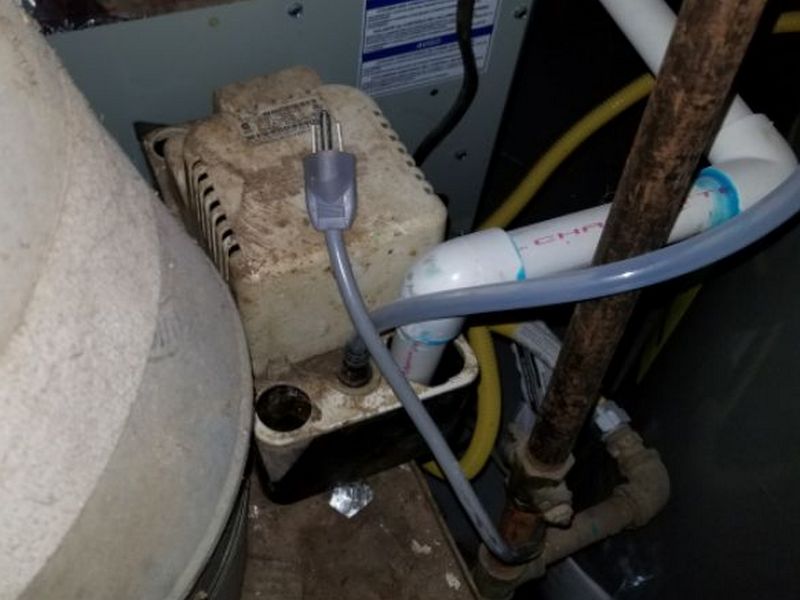

The condensate pump’s float switch is not connected, and will not shut the system down when tripped. This device provides a safeguard against water damage if the pump fails and fills with condensate. Hire an HVAC contractor to repair or replace the pump.

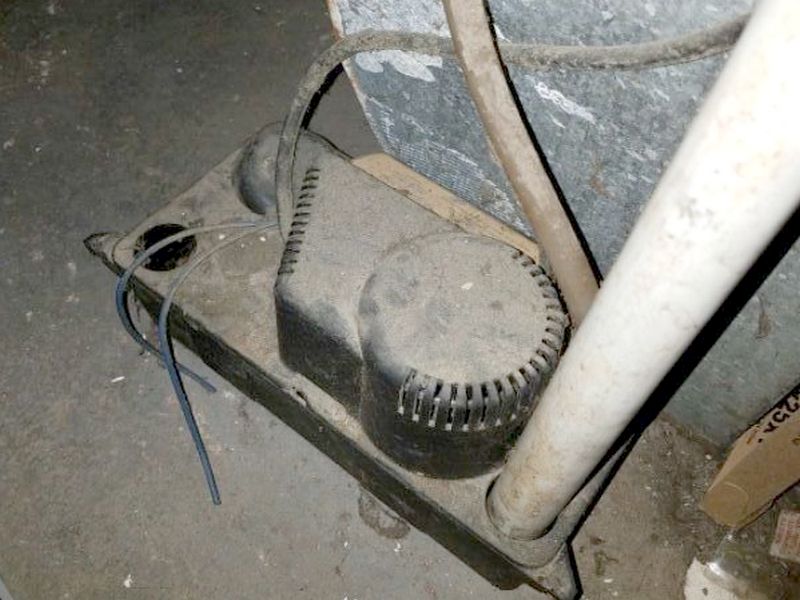
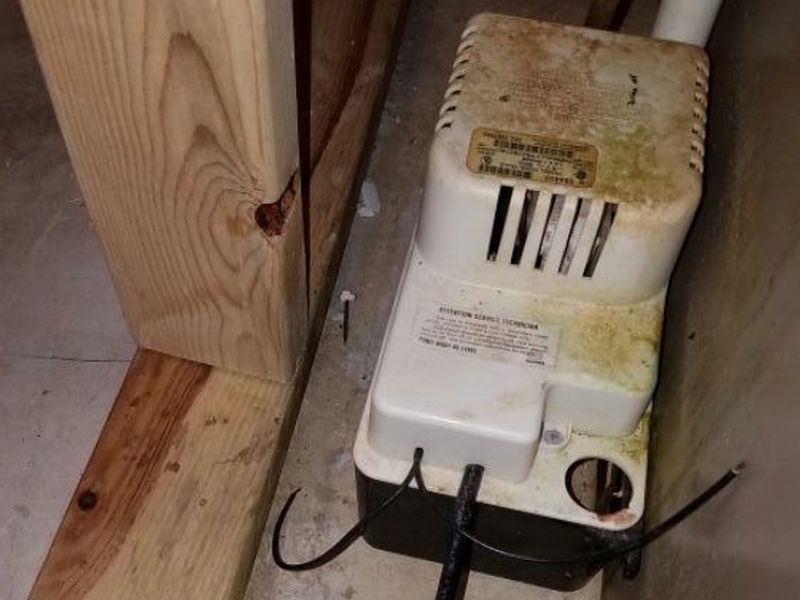
The condensate pump is installed in an unworkmanlike manner. It is unstable. This can allow pump and water damage. Hire an HVAC technician for repairs as needed.

